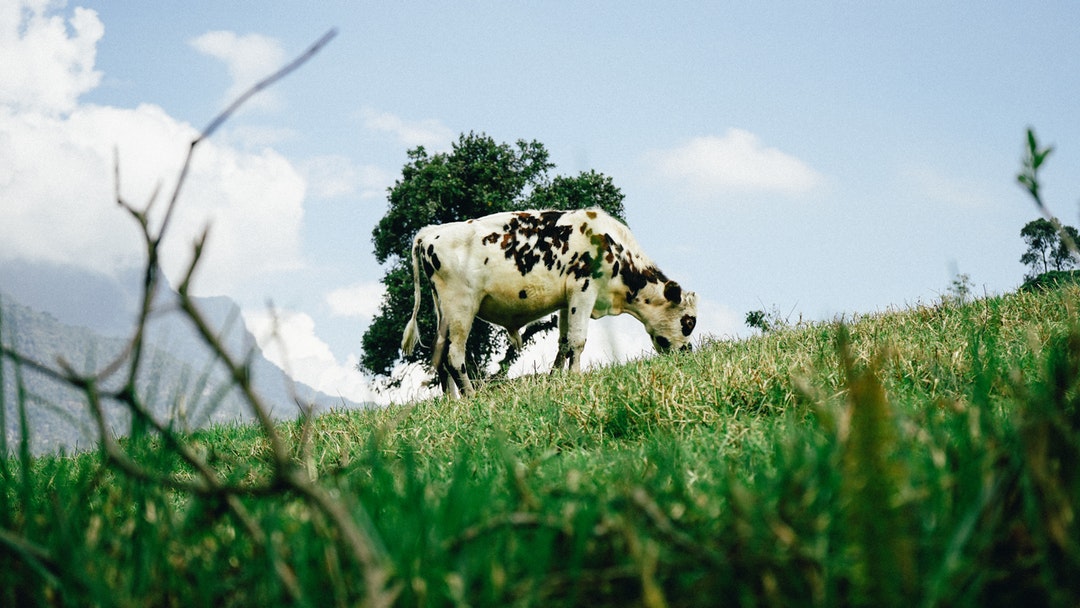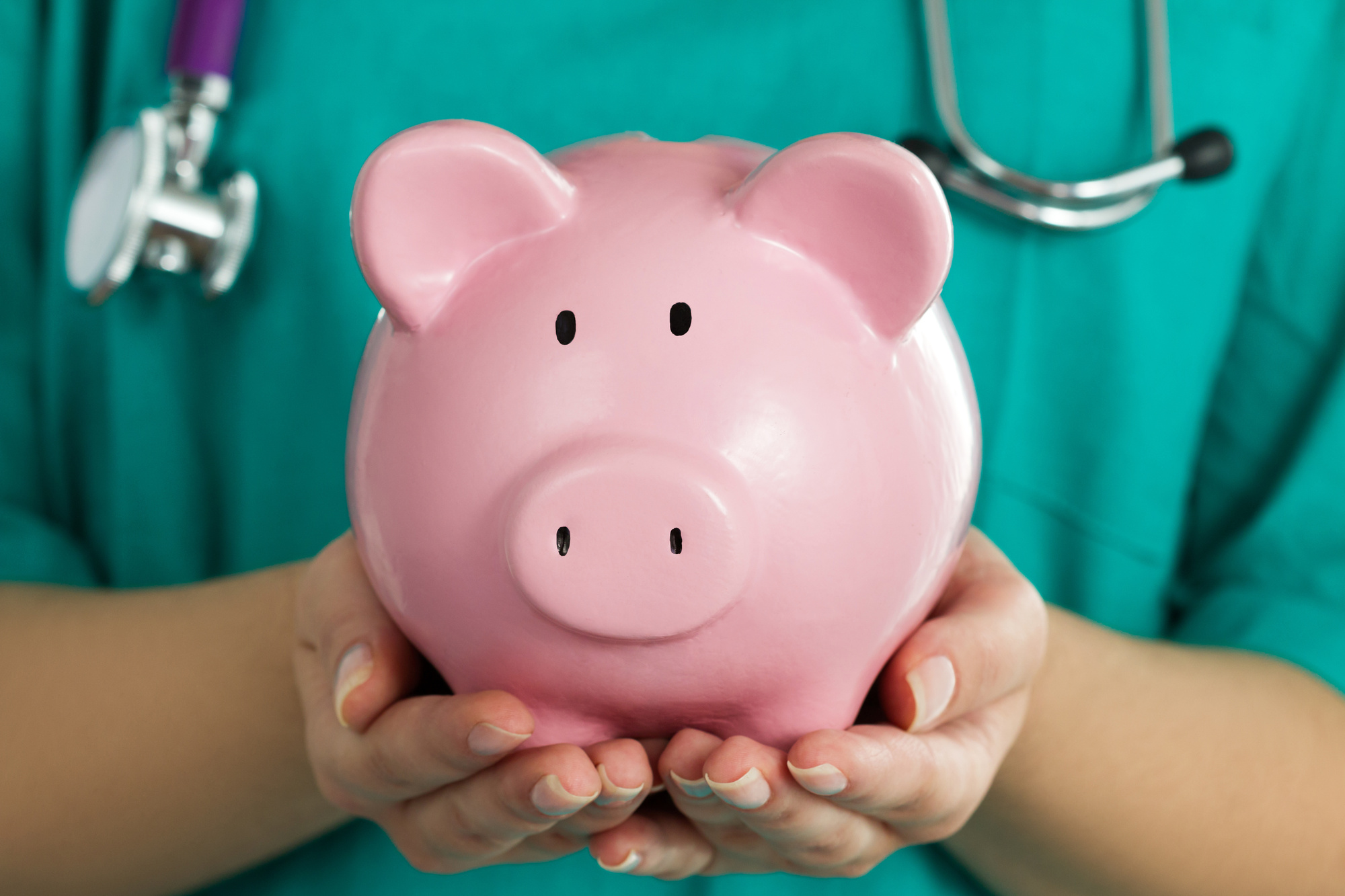Why Grass-Fed Beef is Better for You

We all love the perfect steak, but is grass-fed beef the healthiest and tastiest way to get there?
After all, we’re bombarded with so many terms for supposedly “natural” food that they sometimes appear meaningless.
This isn’t one of those cases.
Read on and we’ll show you some of the great benefits that come from the ethical and sustainable practice of raising beef on grass rather than the usual fare.
What is Grass-Fed Beef?
We’ve all seen the plethora of organic labels that show up in stores. We’re frequently told that organic food is better for our health despite scandals in the industry.
Fortunately grass-fed, or pasture raised, cattle are pretty easy to spot. They’re allowed to grow up naturally and are exempt from the tight conditions that typify modern farming.
Cattle, left to their own devices, will spend most of their life eating different grasses and vegetation in fields. It’s a natural process and until the advent of industrialized farming, this was still how most cattle spent their lives.
Cattle which are considered grass-fed
Problems with Conventional Feeding
Changes have been brought to the process, however. Many cattle spend their lives confined to problematic and controversial feedlots. These animals are forced into confined quarters and fed a mixture which primarily consists of grains.
These operations are called CAFOs. In addition to confining the animals for the bulk of their lives, they’re often rampant with disease. The solution to this has been introducing antibiotic compounds directly into the feedstock the animals eat daily.
Of course, if you get sick, you’ll need a doctor examination and a prescription to receive the same compounds. It’s often considered an over-use of antibiotics and may contribute to many problems. The most pressing of which is the introduction of antibiotics to the humans eating the animals, and the possibility of bacterial resistance growing in them.
The animals are also fed steroids to increase their production.
Strange controversial things seem to be found in the space often, including such oddities as cattle being fed oddities like crab guts and candy. It leads to an ill-perception of industrial cattle practices, but it also leads to cattle which are less healthy.
That also means they’re less healthy for humans to eat, and studies have repeatedly shown the health advantages of grass-fed beef.
No Antibiotics
One of the biggest reasons people have been switching to grass-fed beef in recent years is due to the lack of antibiotics.
Cows which are fed on grain are often kept in close-quarters, which means disease is a serious concern. The industrial nature of the operation means that instead of antibiotics being used on an individual basis they’re used as a blanket additive to feed.
While the health effects aren’t quite established in humans due to the difficulty of separating antibiotics in meat from other sources, it’s thought to be a contributing factor to the growing problem antibiotic resistance.
No Hormones
Normal cattle are regularly fed hormones in order to increase both muscle mass and milk production, depending on the individual case.
The hormones used in cattle production have been the center of debate for some time. In fact, the European Union bans their use entirely.
They’ve been traced to a range of problems in the US population, ranging from an earlier average onset of puberty to an increased in ovarian cancer rates. While the jury is still out to the extent of the problem, most people agree that keeping our hormonal systems free of outside influence as much as possible is a good idea.
Lower Fat Content, Lower Calories
While chefs love to go on about the marbling content of meat which ends up under their knife, the truth is that it’s often excessive. Grain-fed cattle develop more fat tissue than those fed on grass.
Most of us eat beef rather frequently, even a small reduction in fat content could save you from a large number of calories each year and help with the waistline.
In reality, grass-fed beef can lose up to 2/3rds of the fat of grain-fed cattle.
It’s not just the fat content which matters, however. Not all fats are created equally and grass-fed beef contains a much better nutrient profile than those which spend their lives in feedlots.
Beef from grass-fed sources has also been shown to consistently have lower cholesterol levels than those raised in feed-lots.
More Vitamins and Minerals
It’s not just the macronutrient composition which is changed.
You’ll also be receiving more vitamins and minerals.
In particular, grass-fed beef contains higher levels of Vitamin A and Vitamin E. Both of these are essential vitamins that contribute to the health of the whole body.
The Takeaway
There’s a lot more to grass-fed beef than just tasting better.
The lower caloric content makes them healthier for those with weight issues. Lower cholesterol means that lean, grass-fed beef can stay on the menu for those on a heart-healthy diet as well.
Compared to normal beef, the changed fat profile is much healthier for most people. Grass-fed beef also contains more CLA by a factor of two, which is a hard-to-find nutrient.
Overall?
Grass-fed beef ends up with less risk factors, like excessive hormones and antibiotic content, and being a much healthier option.
Considering the Switch?
Grass-fed beef offers a lot of advantages for those who are diligent about seeking it out. It’s healthier as a whole, both in the lack of potentially dangerous chemicals and with a better nutrient profile.
It’s also becoming readily available once more after decades of grain-fed cattle dominating the marketplace.
So, if you think you’re going to give it a shot, why not start planning your next BBQ now?



